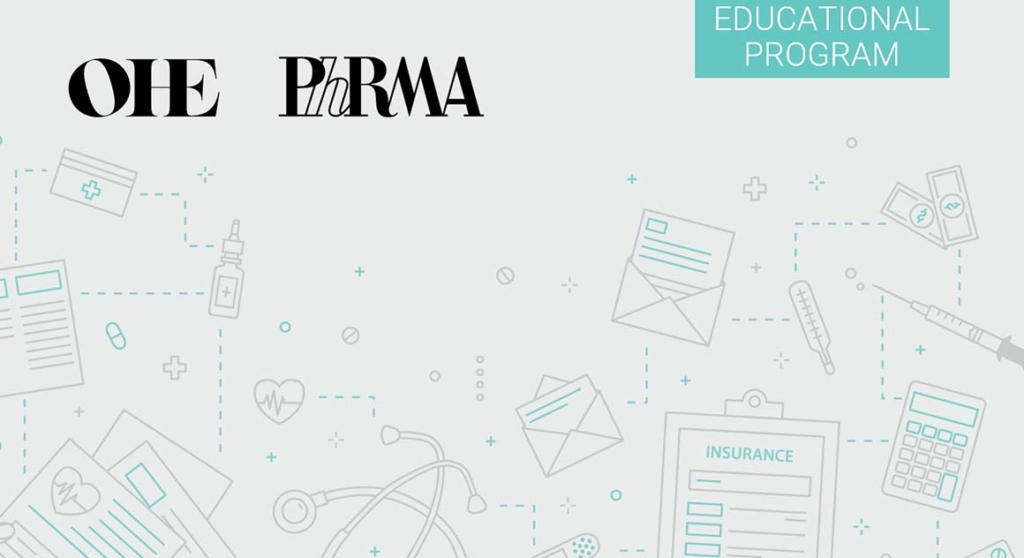Policy, Organisation and Incentives in Health Systems
Health system policies should incentivise high-quality health care in areas of highest need at the lowest feasible cost. Our aim is to expand our understanding of policies that result in healthier populations and achieve sustainability while being responsive to patients’ needs.

A Novel Incentive Model for Uptake of Diagnostics to Combat Antimicrobial Resistance
19 May 2023
In this report, we propose a novel payment model that will incentivise broader value demonstration for diagnostics for antibiotics that could inform longer-term financing and reimbursement arrangements and guide prescribing behaviours.

New free educational program launched – Explaining the U.S. Inflation Reduction Act
9 May 2023
We have launched a free online explainer to the U.S. Inflation Reduction Act. It makes essential viewing for anyone wanting a sound knowledge of the technical detail of the Act and how it relates to pharmaceutical payment and coverage.

Incentivising New Antibiotics: Designing a Value-Based Delinked Pull Incentive Mechanism
30 March 2023
In this report, we describe the design of a globally aligned, value-based, fully-delinked pull incentive, where payers provide manufacturers with a pre-specified subscription fee based on the value of the antibiotic, regardless of the volume used.

The Case for Expanding Uptake of Next-Generation Sequencing for Lung Cancer in Europe
2 June 2023
In this report, we explore the status of access and uptake for NGS testing for lung cancer in Europe, develop the health economic case for NGS testing, and identify barriers and opportunities for widespread access.

G7 Investments in New Antibiotics Would Pay Off – For Everyone
9 December 2022
Programs to incentivise antibiotic R&D are underway in the UK and under consideration in the US, EU, Canada, and Japan. We have assessed the benefits and costs to the members of the G7/EU and project that all G7/EU members would see big payoffs ranging from 11:1 in the UK to 28:1 for the US and Japan. Global returns from reducing the 1.27m people dying each year from AMR are even higher.

The World Needs New Antibiotics. A Proposed US Program to Develop Them Offers a High Pay-Off
16 November 2022
A Center for Global Development (CGD) paper authored by OHE’s Adrian Towse and CGD’s Rachel Silverman Bonnifield shows a very high expected return on investment (ROI)…

OHE Annual Lecture 2022 | Universal Health Coverage: More Than Just Old Wine in a New Bottle?
6 October 2022
Most countries seem to agree on the desirable goal of UHC: “Everyone—whether rich or poor—should get the care they need without suffering undue financial hardship as a result.”

Improving the Measurement of Valued Output in Primary Care in England
1 August 2022
How can we identify efficiency variations across general practices and opportunities to improve their productivity if the measurement of output does not reflect the value produced?

Reforming Primary Health Care in Middle-Income Countries: The Good, the Bad, and the Ugly
18 July 2022
A recent series of papers examines the effects of multiple primary health care interventions (introduction of health facility accreditation, introduction of user fees, and discontinuation of performance-based financing schemes) under Egypt’s Health Sector Reform Program between 2000 and 2014.